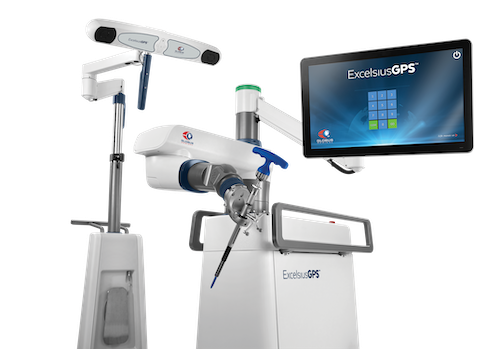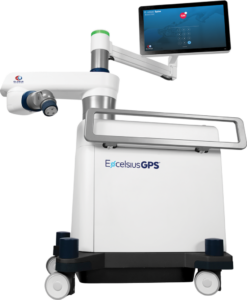OASIS Hospital has added the ExcelsiusGPS® Robot to its robotic-assisted surgery program, which features the most advanced technology in the field of robotic surgery. The ExcelsiusGPS® is the world’s first revolutionary robotic navigation platform combining a rigid robotic arm and full navigation capabilities into one adaptable platform for accurate alignment in spine surgery.
ExcelsiusGPS™ is the next revolution in robotic spine surgery from Globus Medical, a developer of spinal and orthopedic implants and surgical instruments for patients with spine disorders.
The procedure is performed entirely by a surgeon who controls the ExcelsiusGPS® system. The instrument size on the robot makes it possible for surgeons to operate through one or a few small incisions. Also, the instruments are designed to give surgeons greater reach during surgery.
Surgeons are able to use the ExcelsiusGPS® to perform spinal surgery with real-time visualization of instrument and implant position with respect to each patient’s anatomy.


